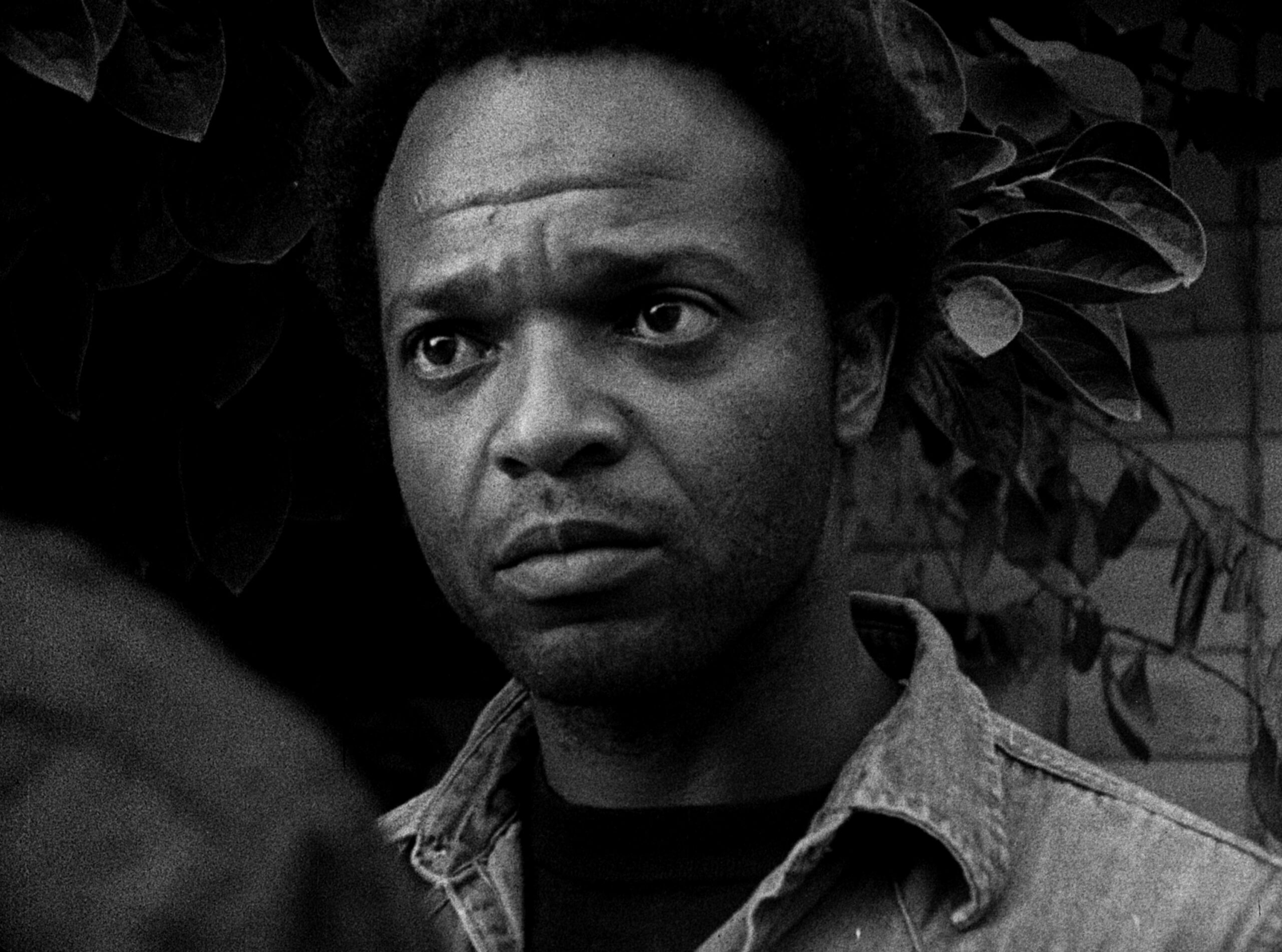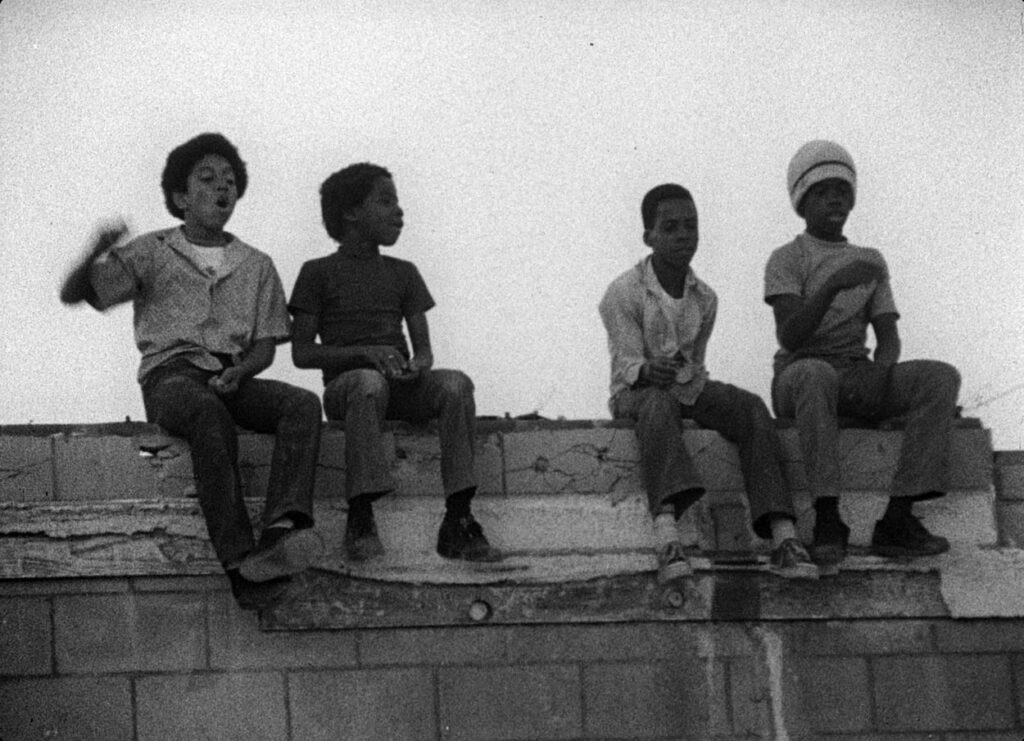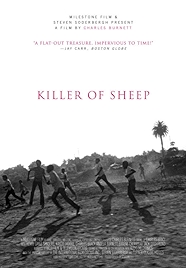Charles Burnett’s movie Killer of Sheep was shot in 1972 and 1973, mostly at weekends, didn’t get shown until 1978 and then vanished for about three decades even though it had had rave reviews from the few people who’d seen it and had been selected for preservation in 1990 by the Library of Congress as being “culturally, historically or aesthetically significant”.
The reason for its disappearance? Burnett had made it on a budget, guerrilla style, not bothering with shooting permits or anything official. Nor did he bother sorting out the music rights, and its eclectic mix of music (Dinah Washington and Scott Joplin to Earth, Wind and Fire and Rachmaninoff) is the backbone of the movie. This is what took the movie off the table and it took until its rediscovery, restoration and upscaling from its original 16mm to 35mm, thanks in part to money from Steven Soderbergh, to sort out that end of things.
All about stymied black lives in the Watts area of LA, the casting of the lead role kind of says it all about the movie. The actor Burnett wanted to play Stan couldn’t take part because he was in prison. So the role went to Henry Sanders, who’s a good choice. A still centre around which the rest of the action wheels, Sanders brings a certain amount of dignity to the role of the put-upon family man whose job in an abattoir killing sheep is gnawing away at his soul. When not at work Stan is subjected to ghetto temptations – “friends” trying to recruit him to go carousing, or help them pull off a heist, which Stan really wants no part of. His cronies make pleas to Stan’s sense of agency and his manhood. They fall on deaf ears, and in any case Stan’s wife (Kaycee Moore), is always in the background, hovering and gimlet eyed.
The action takes place roughly in three spheres – at the abattoir, at home with Stan and his wife, and out on the streets where Stan’s children play with the other kids in the area.
The kids act as a counterpoint to the other two spheres, their joy and energy the complete opposite of the exhaustion etched on the faces of Stan and his wife (she is never named and “Stan’s wife” is how the IMDb lists her). This couple live a life that’s a shadowplay of suburban white lives. They don’t make love because he’s too tired (depressed, really, though a diagnosis of that sort is a luxury). When they go out for a drive a tyre goes flat on the car and they have to come back because there is no spare.
The kids so full of hope; the adults with none at all.
“I wanted it to look like I just set the camera up and only shot what I could, almost documentary style,” Burnett told a Mubi interviewer. Burnett’s style is neo-realist, with something of Da Sica’s The Bicycle Thieves about it or early Rossellini. And if you’ve ever seen David Gordon Green’s 2000 debut, George Washington, you’ve seen a movie heavily influenced by Killer of Sheep – the way Green captures the kids at play, particularly down at the railroad tracks. His camera angles echo Burnett’s, while some of his shots are straightforward lifts – homages.
The documentary aspect eventually starts to give way to something a touch more impressionistic, and the editing speeds up, so the rhythm of man, child, sheep starts to take on a lyrical and tragic dimension.
Is it a good film? Oh, yes. Remarkable in many respects. But it has its odd patchy moments. Some of the actors – though not the ones who matter – are a bit shaky or wooden, terrified even. And its obvious low-rent shooting style will deter some viewers. But Burnett’s compositions are strong, the way he collages together his different spheres is masterly and his key actors deliver powerful performances. Three reasons to watch. How many do you need?
Killer of Sheep – Watch it/buy it at Amazon
I am an Amazon affiliate
© Steve Morrissey 2023


